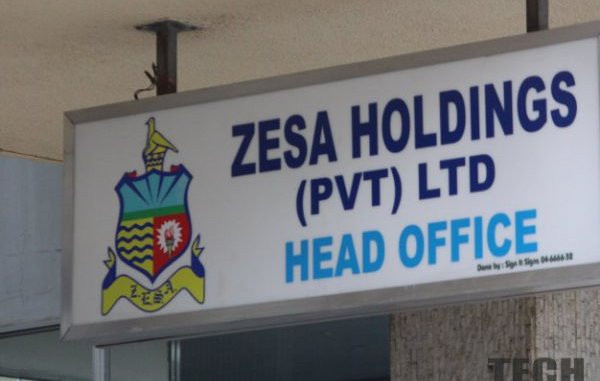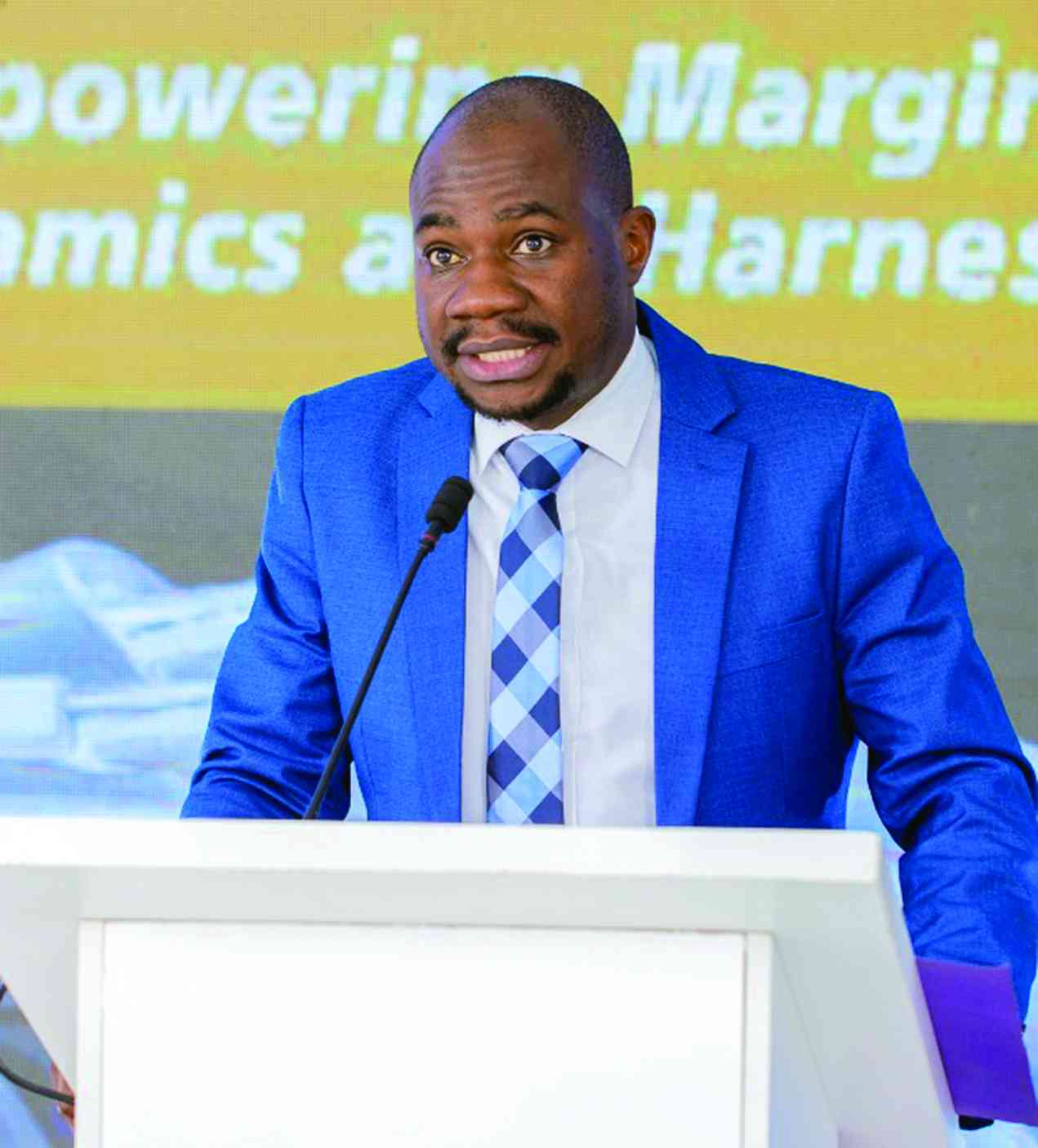
THE Zimbabwe Electricity Transmission and Distribution Company (ZETDC) is staggering under the weight of crippling legacy debt — a financial quagmire threatening to derail the country’s fragile economic recovery, the Zimbabwe Independent can reveal.
While company executives declined to disclose the exact debt figure, sources close to the matter confirmed that obligations accumulated over more than a decade now run into the hundreds of millions of United States (US) dollars.
Confidential documents reviewed by the Independent show that the ballooning debt has become the single most significant impediment to ZETDC’s operations — stifling critical investment, exacerbating chronic power shortages, and amplifying systemic risks across Zimbabwe’s already strained economy.
“ZETDC, the main off taker and supplier of electricity in the country, currently has substantial creditor obligations and legacy debt,” reads an internal report titled National Energy Compact for the Republic of Zimbabwe, seen by this publication.
“The root causes lie partly in the adverse impacts of the past macro-economic conditions such as high inflation and fluctuations in exchange rates, past sub-economic tariffs, and partly in internal inefficiencies.
"The power sector is burdened with high levels of legacy debt and high cost of borrowing, which limits the ability to invest in infrastructure improvements.”
ZETDC’s debt includes long-overdue arrears to regional power suppliers, legacy loans from international financiers, and expensive domestic borrowings.
With a significant portion of revenue being channelled into debt repayments, the utility has been unable to invest in crucial infrastructure upgrades, electricity imports, or even routine grid maintenance.
- Low tariffs weigh down ZETDC
- Severe power outages loom: Zesa
- Bodies rot at mortuaries as power cuts worsen
- Water shortages hit Gutu-Mpandawana
Keep Reading
For the past two consecutive years, ZETDC’s entire capital budget has been consumed by debt repayments, leaving little funds for system rehabilitation or expansion.
Creditors, including power utilities in South Africa, Mozambique, and Zambia, are now demanding cash prepayments or cutting supply altogether due to non-payment, raising the risk of extended blackouts, particularly during winter peak demand.
“Whilst recognising the improved stability in the exchange rates, the past fluctuations have adversely affected the cost-reflectivity of the recent adjustments of electricity tariffs in Zimbabwe,” it said.
“Operational inefficiencies of the utility (which) includes poor revenue collection, high technical and non-technical losses, theft and vandalism of infrastructure have constrained the utility’s ability to deliver reliable power and meet demand effectively.
“The power sector is burdened with high levels of legacy debt and high cost of borrowing, which limits the ability to invest in infrastructure improvements.”
Much of ZETDC’s financial distress is rooted in politically-driven policies over the years.
Electricity tariffs were frozen at below cost-recovery levels for extended periods, even as inflation surged and the Zimbabwean dollar depreciated by over 85% between 2019 and 2022.
To keep operations running, the utility resorted to borrowing, just to import power and meet payroll obligations, creating a vicious debt cycle that now threatens the viability of the company.
Recent tariff hikes have sought to move closer to cost recovery, with the average rate rising from 11,3 US cents to 16,08 US cents per kilowatt-hour.
However, the increase has done little to reduce the burden of legacy obligations, and continued exchange rate volatility erodes real revenue in local currency terms.
The impact of ZETDC’s financial woes is rippling through the broader economy. Mining companies have postponed expansion plans due to unreliable power supply.
Manufacturers are increasingly turning to off-grid solar solutions and diesel generators, further highlighting the erosion of confidence in public energy provision. Residential areas face persistent and unpredictable load-shedding.
Authorities have introduced a series of measures aimed at restoring the utility’s viability.
These include a debt restructuring strategy, efforts to attract private sector investment into the energy sector, and the implementation of recommendations from international development partners such as the World Bank and the African Development Bank.
Under the current multi-currency regime, which is set to remain in place until 2030, customers are allowed to pay electricity bills in either local or foreign currency, a move expected to cushion ZETDC against currency volatility and improve revenue collection.
The Zimbabwe Energy Regulatory Authority has also revised tariffs upward across most consumer categories to better reflect production and import costs.
Despite marginal improvements in some economic indicators, particularly in mining, industry leaders remain cautious.
In April, Chamber of Mines of Zimbabwe chief executive Isaac Kwesu warned that persistent electricity shortages, currency instability, and weak global commodity prices continue to threaten the viability of the mining sector.










